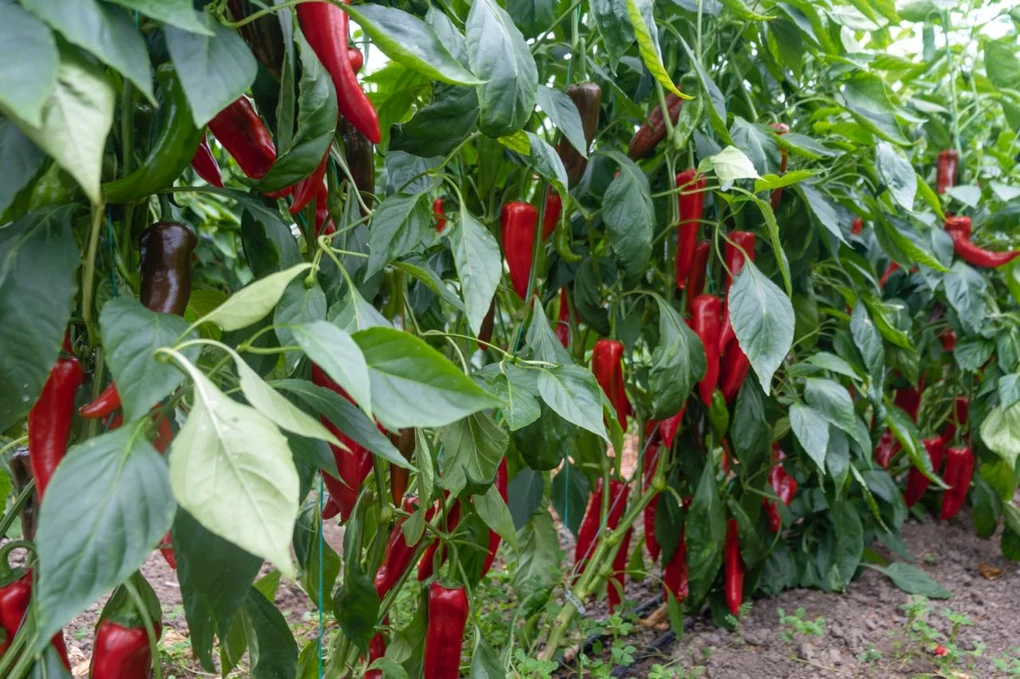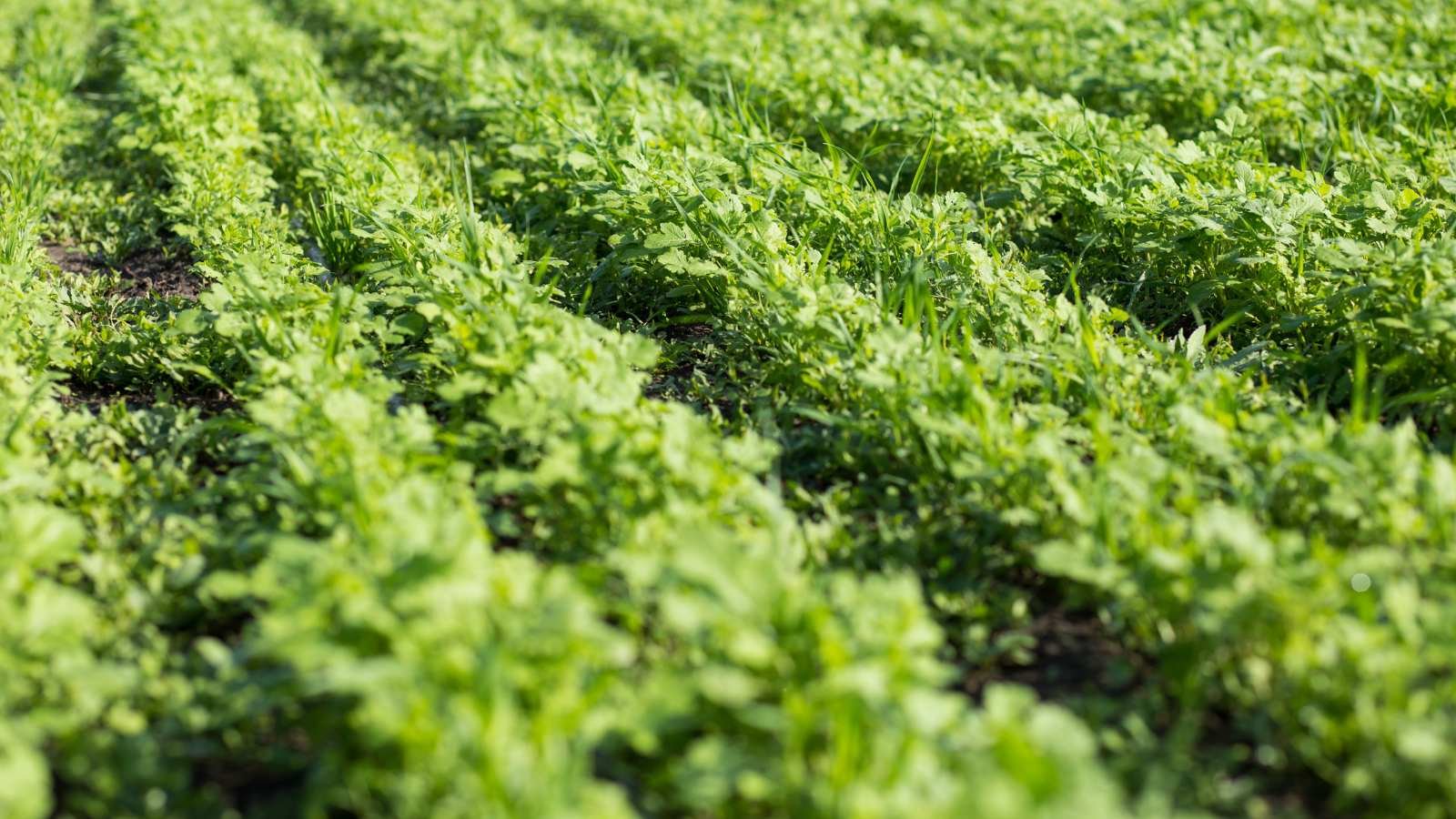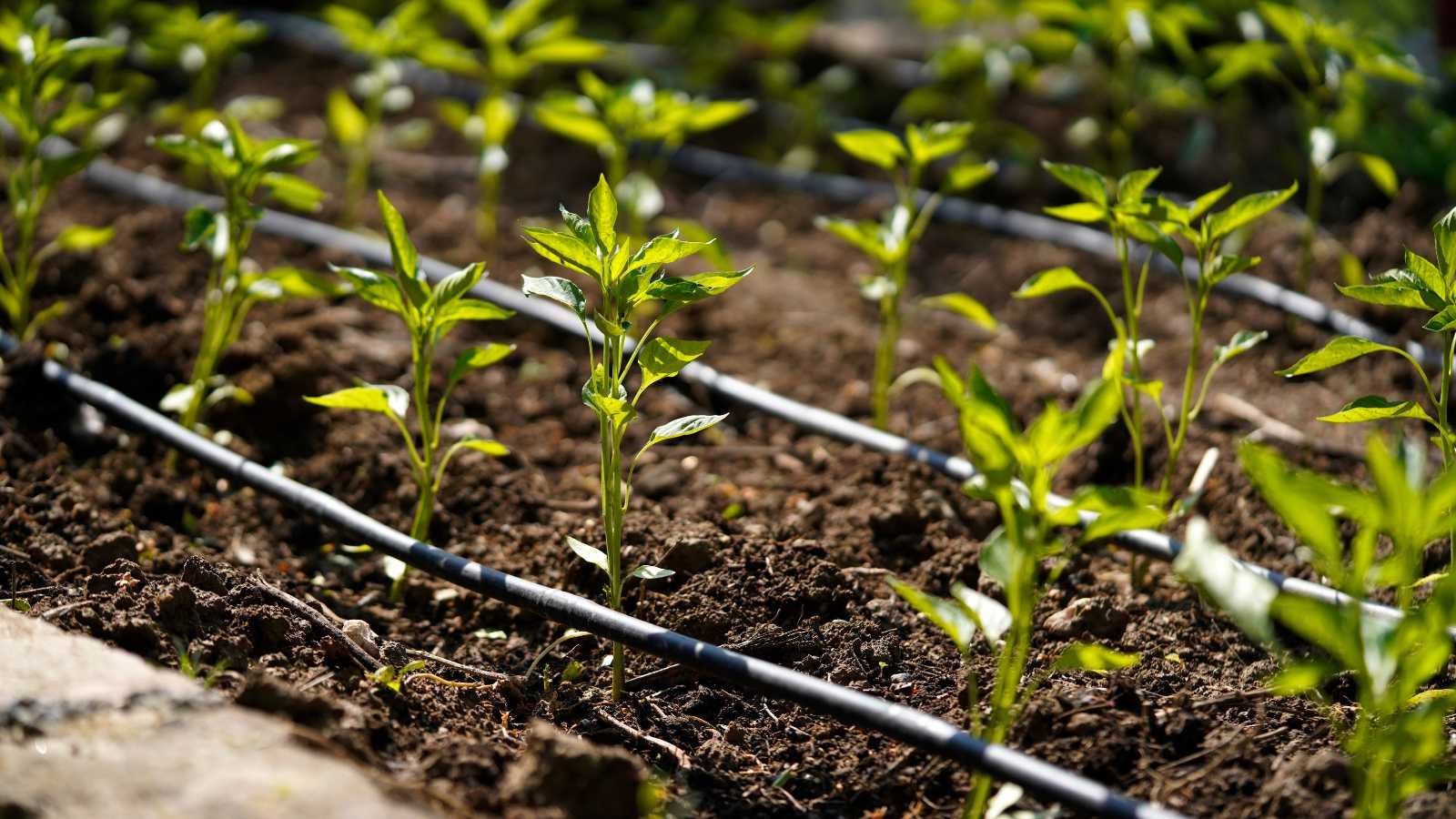WHAT IS REGENERATIVE AGRICULTURE?
Regenerative agriculture is a holistic approach to farming and ranching that aims to restore and enhance the health of soil, plants, animals, and the environment. It is based on the principles of improving soil fertility, increasing biodiversity, and using natural processes to create a self-sustaining, productive ecosystem.
There are several key practices associated with regenerative agriculture, including:
- Cover cropping: Planting a diverse mix of crops that protect and enrich the soil when not in use for primary food production.
- No-till farming: Using techniques that minimize soil disturbance, such as planting seeds directly into the previous year’s residue.
- Rotational grazing: Moving animals to different pasture areas on a regular basis to allow forage to regrow and prevent overgrazing.
- Composting: Decomposing organic matter to create a nutrient-rich soil amendment.
- Diversifying crops: Planting a variety of crops rather than monocultures to improve soil health and resilience to pests and diseases.
Explore the Future of Farming With Regenerative Agriculture Practices. Learn Why They’re Crucial for Sustainability.

WHAT ARE THE BENEFITS OF REGENERATIVE AGRICULTURE?
Regenerative agriculture has numerous benefits, including increased soil fertility, improved water retention, and reduced erosion. It can also reduce the need for synthetic fertilizers and pesticides, which can have negative impacts on the environment. In addition, regenerative agriculture has the potential to sequester carbon, helping to mitigate climate change.
There are many environmental benefits to regenerative agriculture:
CARBON SEQUESTRATION:
One of the most significant benefits of regenerative agriculture is its ability to sequester carbon in the soil. Healthy soils have a higher capacity to store carbon, and regenerative agriculture practices that promote soil health, such as cover cropping and composting, can help increase carbon storage.
WATER CONSERVATION:
Regenerative agriculture practices, such as cover cropping and reduced tillage, can improve soil structure and increase its water-holding capacity. This can help reduce the need for irrigation and make farming more resilient to drought. Also, better soil structure and function result in optimal water distribution uniformity and support improved water use efficiency in irrigation practices.

Rahul Mehta
Rahul Mehta is the Business Development Manager at Pure Water Enterprises, one of the fastest-growing water & wastewater companies in India. Specializing in wastewater filtration, disinfection, and bioremediation, his expertise has helped him understand the Indian water treatment landscape and position the organization's innovative and eco-friendly solutions in the most efficient way possible.






